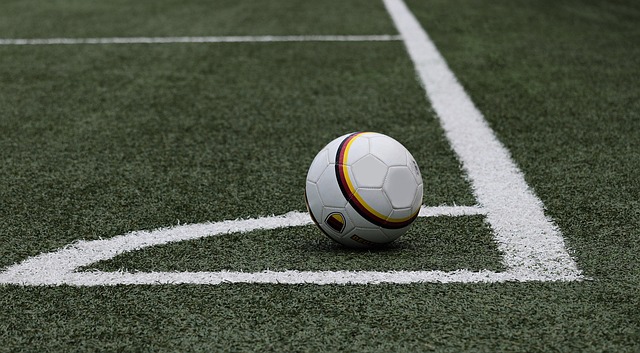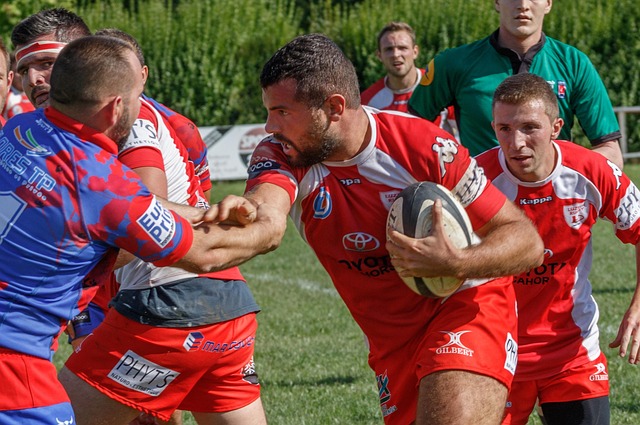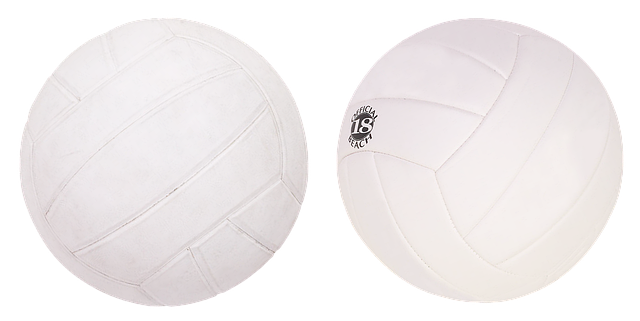College volleyball teams' success relies on a intricate balance of internal (team chemistry, skills) and external factors (coaching, home-court advantage). Consistent practice and injury prevention are crucial. The Ducks, with their rich history of championships, exemplify strategic depth and commitment to excellence. Key metrics like accumulated points and winning streaks rank teams, while rivalries shape national trends. Team dynamics, player retention, and coaching changes significantly impact predictions in the unpredictable college volleyball landscape.
In the competitive realm of college volleyball, understanding team rankings is crucial for gauging success. This article delves into the intricate dynamics of college volleyball, exploring factors that influence team performance and historical perspectives on Ducks volleyball’s evolution over years. We analyze key metrics like points and wins contributing to rankings and dissect the impact of rivalries on ranking trends. Additionally, future prognostications offer insights into predicting team rankings for upcoming seasons, providing valuable insights for both fans and coaches of college volleyball teams.
- Understanding Team Rankings: A Foundation for College Volleyball Teams
- The Dynamics of College Volleyball: Factors Influencing Team Performance
- Historical Perspective: Tracking Success in Ducks Volleyball Over Years
- Analyzing Key Metrics: How Points and Wins Contribute to Rankings
- Rivalries and Their Impact on Ranking Trends in Ducks Volleyball
- Future Prognostications: Predicting Team Rankings for Upcoming Seasons
Understanding Team Rankings: A Foundation for College Volleyball Teams

In the competitive realm of college volleyball, understanding team rankings is paramount for both athletes and enthusiasts alike. These rankings serve as a barometer for gauging the strength and performance of various colleges across the nation. They provide a structured framework that allows fans to follow their favorite teams and compare them with peers. Similarly, they offer valuable insights for players and coaches, helping them identify areas for improvement and set achievable goals throughout the season.
Team rankings in college volleyball are often based on factors such as win-loss records, performance against ranked opponents, and overall consistency. These metrics collectively paint a comprehensive picture of each team’s standing in the national landscape. By closely monitoring these rankings, fans can witness the rise of emerging programs and the decline of once-dominant forces, making it an exciting aspect to follow alongside the thrilling matches themselves.
The Dynamics of College Volleyball: Factors Influencing Team Performance

The dynamics of college volleyball are shaped by a complex interplay of various factors that significantly influence team performance. College volleyball teams navigate a competitive landscape where physical prowess, strategic play, and mental fortitude converge. Key elements include the team’s overall chemistry—how players gel both on and off the court—as well as their individual skills and experience. The coaching staff plays a pivotal role in tailoring strategies to exploit strengths while mitigating weaknesses, often adapting to the unique styles of opposing teams.
Beyond internal factors, external elements such as home-court advantage, travel arrangements, and even academic demands contribute to the overall performance mix. Consistent practice routines, proper conditioning, and effective injury prevention measures are essential components that help college volleyball teams maintain peak performance throughout a demanding season.
Historical Perspective: Tracking Success in Ducks Volleyball Over Years

The history of Ducks volleyball is a captivating tale that reflects the evolution of college volleyball teams over the years. Since its inception, the program has been a beacon of excellence, consistently ranking among the top contenders in the nation. By examining past performances, we gain valuable insights into the team’s resilience and adaptability to changing dynamics within the sport.
Over the decades, Ducks volleyball has left an indelible mark on the college volleyball landscape. Their success stories are numerous, spanning from conference championships to national titles, showcasing a remarkable consistency in delivering top-tier performances. This historical perspective offers a glimpse into the team’s strategic depth, player development, and unwavering dedication to perfection, making them a force to be reckoned with in the world of college volleyball teams.
Analyzing Key Metrics: How Points and Wins Contribute to Rankings

In the competitive world of college volleyball, understanding key metrics is crucial for gauging team rankings and performance. One of the primary contributors to these rankings is points accumulated through wins. Each victory adds valuable points to a team’s total, reflecting their dominance over opponents. The more consistent a team’s winning streak, the higher their ranking tends to be.
Additionally, the number of wins directly influences overall rankings as it demonstrates a college volleyball team’s ability to secure victories across various matches. This data, combined with points earned, provides insightful metrics for assessing a team’s strength and potential. As such, it becomes a critical tool for both fans and analysts when predicting tournament outcomes and champion possibilities among the diverse pool of college volleyball teams.
Rivalries and Their Impact on Ranking Trends in Ducks Volleyball

In the competitive world of college volleyball, rivalries play a significant role in shaping team rankings and performance trends. The intense competition between long-standing rivals drives teams to excel and push their limits, often leading to improved rankings over time. These rivalries create a unique dynamic where each match becomes a high-stakes affair, fostering a culture of continuous improvement. For instance, the annual matchups between top-ranked college volleyball teams can set the stage for season-defining moments, influencing national rankings as the teams vie for dominance.
The impact of these rivalries extends beyond individual games, affecting overall ranking trends. Teams often find themselves climbing the charts or facing a drop in rankings based on their performance against rivals. The intensity and passion that rivalries bring to college volleyball contribute to an exciting and unpredictable landscape. As teams strategize and prepare for these matchups, it becomes a crucial factor in determining their national standing, making rivalries not just friendly competitions but pivotal events in the college volleyball calendar.
Future Prognostications: Predicting Team Rankings for Upcoming Seasons

The world of college volleyball is an ever-evolving landscape, where team rankings can fluctuate dramatically from season to season. Predicting the future performance of these teams involves a complex interplay of analyzing player talent, coaching strategies, and even off-court factors that can impact team dynamics. By examining past trends and leveraging statistical models, sports enthusiasts and analysts can make informed guesses about which college volleyball teams will rise to the top in upcoming competitions.
Future prognostications for Ducks volleyball should consider the retention rate of key players from the previous year, as returning veterans often play a pivotal role in team success. Additionally, the impact of new recruits and their integration into the team’s existing structure cannot be understated. Keeping an eye on coaching staff changes and their philosophies can also provide insights into potential shifts in team rankings. Ultimately, the dynamic nature of college sports means that every season brings new challenges and opportunities, making the task of forecasting both exciting and unpredictable.






